You are amazing. I know this, because you are reading my blog to help you become a Knitting Superstar! So why let the fact that you don’t know how to read a knitting pattern hold you back?

Many people don’t think it’s very important, that they’ve gotten along fine without knowing how to do it all these years. But I am here to tell you that knowing how to read a pattern is a HUGE advantage in the knitting world.
1: It’s A Matter Of Leverage
It is a small investment of time and energy that will yield a disproportionate amount of results – in other words, it is an area of leverage. A lever moves a heavy weight with little effort because it is constructed to do so.
Using levers makes you stronger and smarter than someone who is just trying to pick up the heavy weight. This blog is all about being a Knitting Superstar, and in order to do that EASILY, you have to identify areas in which a small amount of effort will make a big difference. This is one of them.
2: It Helps You Make Better Decisions
When you can speak the language of knitting, you will be able to understand what a designer is telling you, and also to think critically about it.
You’ll be able to visualize what he or she is saying, before you buy the pattern and start knitting. Reading through a recipe before you go grocery shopping can save you a lot of time, i.e.,”The results sound good, but I see here that I’m going to have to spend all day making this leg of lamb. For who I am right now, making tortellini makes more sense tonight.”
I know you probably don’t think like that consciously, but these are unconscious decisions we make all the time.
Just like being able to read a recipe, being able to read the knitting instructions can help you make better decisions about the “ingredients” you buy and the time you decide to invest.
Once you understand what someone is telling you, you have a much clearer picture of the road ahead, and you will be better prepared to travel it.
Don’t you hate it when you get to a part in your recipe that you overlooked, that says something like,”Let rest for at least four hours.” Dangit! I’m hungry now!
This is a preventable problem, but one that many knitters walk right into over and over.
Halfway through the project, the get stuck, come into the knit shop and ask for help understanding what the pattern says. Unfortunately, sometimes it says,”Knit for 900 rows on really tiny needles before you get to the next interesting part.” Really.
3: You Won’t Have To Take Everything At Face Value
One of the things I want you to gain from this blog is a sense of empowerment, and the confidence that comes from a deep understanding of what you are doing.
When you understand how to read a knitting pattern, you will start to see that not all knitting instructions tell you to do things the best way, and sometimes they’re just wrong.
Sometimes, for whatever reason, designers make you do things that are unnecessarily difficult (like knitting a hat flat and then sewing it up).
This is because:
- a) The designer is afraid to challenge you,
- b) The designer didn’t know any better, or
- c) The designer just made a mistake.
That’s okay – the wonderful thing about knitting is that anyone can be a designer and anyone can publish a pattern, which means we have access to thousands more wonderful patterns than if everything had to be published in a book (no guarantee against mistakes, either).
But now, knowing how to read knitting instructions, you’ll be able to spot things that don’t make sense to you and to think critically about what you want to do about it.
Just like anyone who has some experience can spot an obvious typo in a recipe (“4 C flour to thicken this gravy? I think they meant 4 T”), you’ll be able to spot mistakes that earlier would have left you undoing your work over and over again, wondering where you went wrong.
You’ll also be able to (gasp) change how a pattern is constructed, if you think you have a better way. Think it’s not possible? Wait and see.
It will happen without you realizing it. Once you understand how to read a pattern, you’ll be flipping through patterns, deciding what to knit next, and you’ll say,”Wouldn’t this be easier if I just ____?” And the world of knitting will be a better place.
Keep Learning:
- How To Read A Knitting Pattern: Size, Measurements, and Ease
- How To Read A Knitting Pattern: Substituting Yarn Fiber and Weight
If you liked this article on why you’ve got to know how to read a knitting pattern, post in the comments!

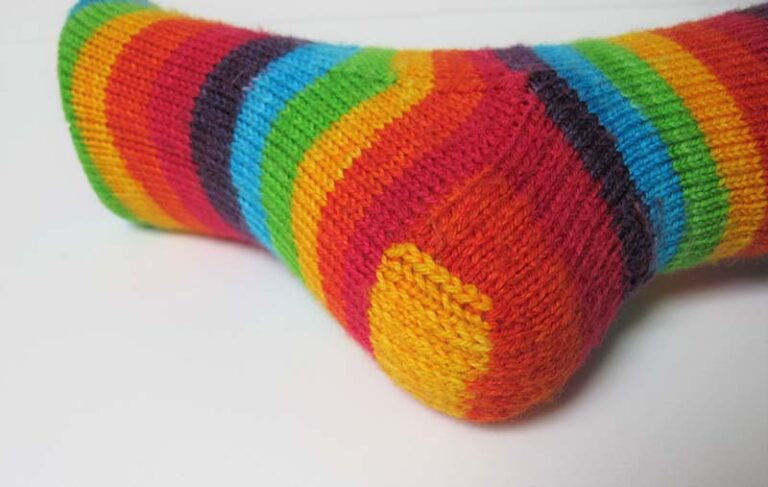
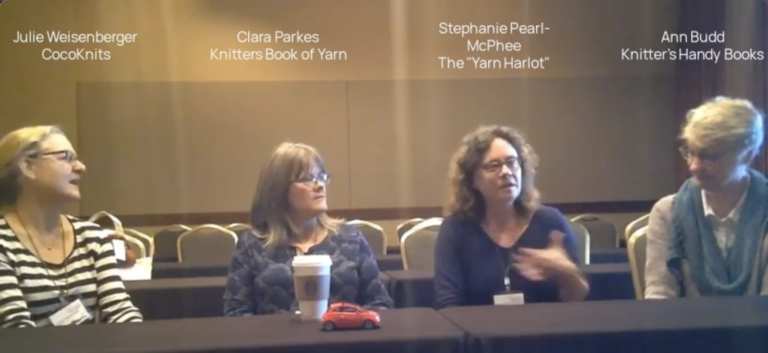
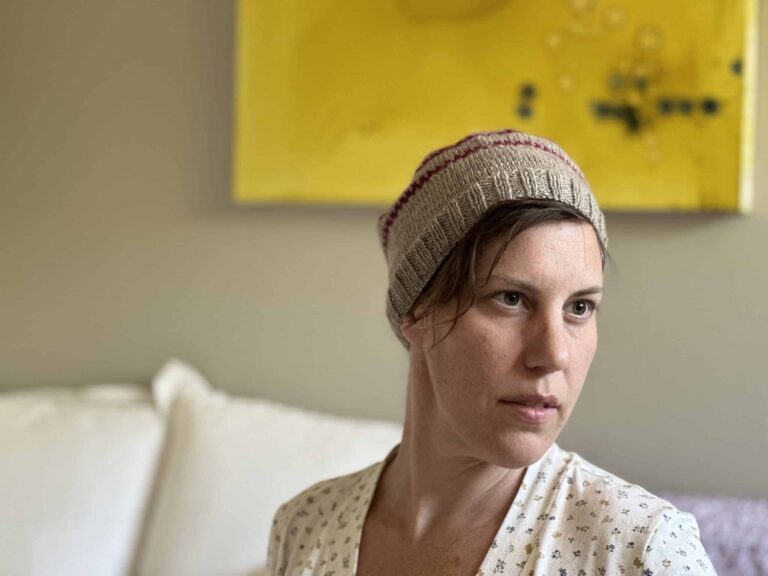
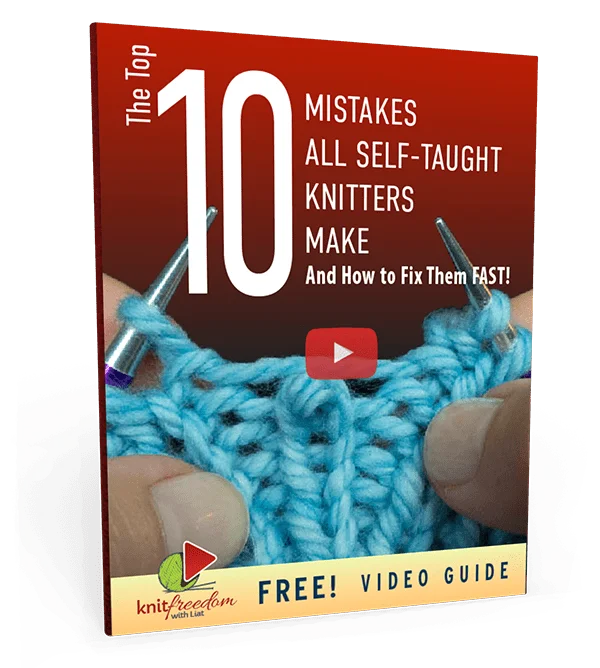

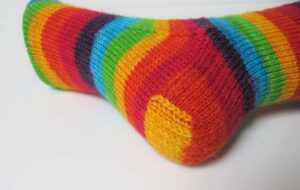


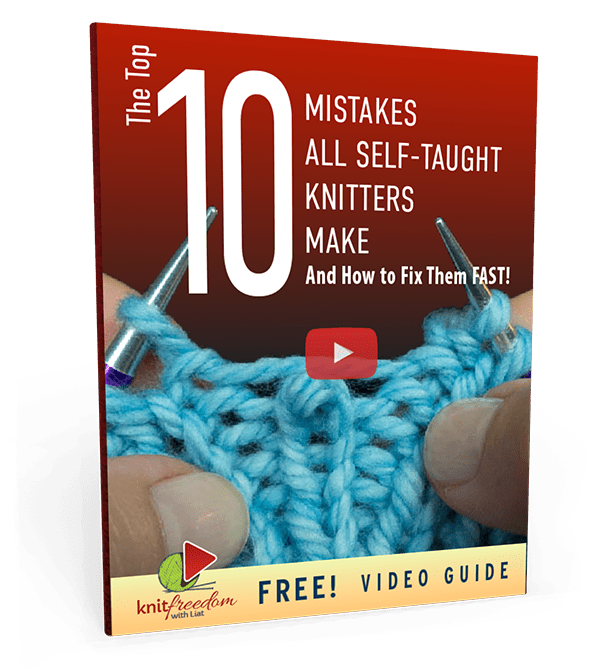
15 thoughts on “Three Reasons You Must Learn To Read a Knitting Pattern”
I’m SO glad you pointed out that patterns can and often do contain mistakes, or methods that are more complicated than they have to be. Also that, though the suggested technique may work just fine, doesn’t mean an alternate technique wouldn’t work just as well. It’s taken me 60 years to learn that! I do occasionally use a pattern, but it’s usually just as a jumping-off place for making it my own design. Something about that particular pattern was appealing to me, so of course it’s important for me to review many other designers’ work.
Hi Norma!
Yes, I was lucky to learn this early on, as I was working at a yarn store and so customers would bring in patterns that were confusing to them to ask questions. So I got to see a disproportionate amount of confusingly- or inefficiently-written patterns. At the same time, well-written patterns are worth studying so we get a feel for how to design well-written garments. Just repeated exposure to other people’s patterns adds more knowledge to the memory bank when we want to be creative.
Having seen your original designs I can really appreciate your comment – you really are wonderfully creative!
Liat
I’m a returning Knitter (after 40 yrs). I’m confused by some of the abbreviated terms (M1L, M1R, & SSK, as in what exact stitches make these terms?). thanks for any help you give. I’m working the Fingering-Weight Top-Down Socks for Magic Loop and those are the only terms I find confusing.
Hi Shirley,
So sorry for the slow response to your question. Those abbreviations are very important to understand as they will help you follow any pattern easily.
You can find all the definitions, plus videos for how to do the techniques, in our free Video Knitting Dictionary: https://www.knitfreedom.com/dictionary/
I hope this helps!
Liat
Thank you I needed to go over this material. I over think & I get myself in trouble. Bless you
Your videos are amazing
You had me laughing out loud on this one! “Chill overnight” has caused me to reject many a recipe! And same with “using double pointed needles, knit….” Lol although that may change!
Yes!!! Although you’re right, soon no DPN instructions will deter you (you’ll just use Magic Loop instead) ;D ;D
Talk to you tomorrow!
Liat
hehe
Of course, i’ve already taught myself magic loop.
But….i could probably do it better than i am, etc. – i have tons to learn!!! Look forward to meeting you :)
I changed a pattern from knitting in the round to knitting flat. It was a cowl & I wanted a scarf.
Yes, Susan, that’s perfect! That’s thinking like a Knitting Superstar :D
-Liat
So…dumb question. HOW do you learn to read knitting patterns? I have been knitting for about a year, and I hate running into things that completely stump me, or I think are mistakes, but I’m not really sure how to correct them.
Thank you!
Hi Jodi,
No, that is a great question! You read a wonderful book that was lovingly written just for you teaching you how to read a pattern! Yes, I am talking about a KNITFreedom e-book. Sign up for the KNITFreedom Video Newsletter in the sidebar of this website. You’ll be taken to a download page where you can download a Video Knitting Dictionary for free – where I demonstrate for you how to do all the abbreviations you will probably encounter in your knitting patterns!
Thanks for the reply to Jodi’s question, Liatmgat. After reading your post, I felt a desire to learn how to read knitting patterns but I had no idea how to go about with it. I will definitely download all your resources and see just how much I am able to learn. I appreciate all your help.
Happy knitting,
-Bob
So TRUE!! I changed a hat pattern from being knit flat and sewn up the side and across the top to using Turkish cast on and knitting from the top to the bottom in the round and used your marvelous invisible bind off to finish it. No finishing details to worry about – just weave in a couple of ends. Made it so much easier. I'm so glad I discovered your blog and video lessons.
Vicki,
I love that you were able to use this technique to make your knitting better and easier! For the folks that are wondering, here is the link to the invisible ribbed bind-off technique Vicki is talking about.
Happy knitting!
Liat